Brescia & Franciacorta
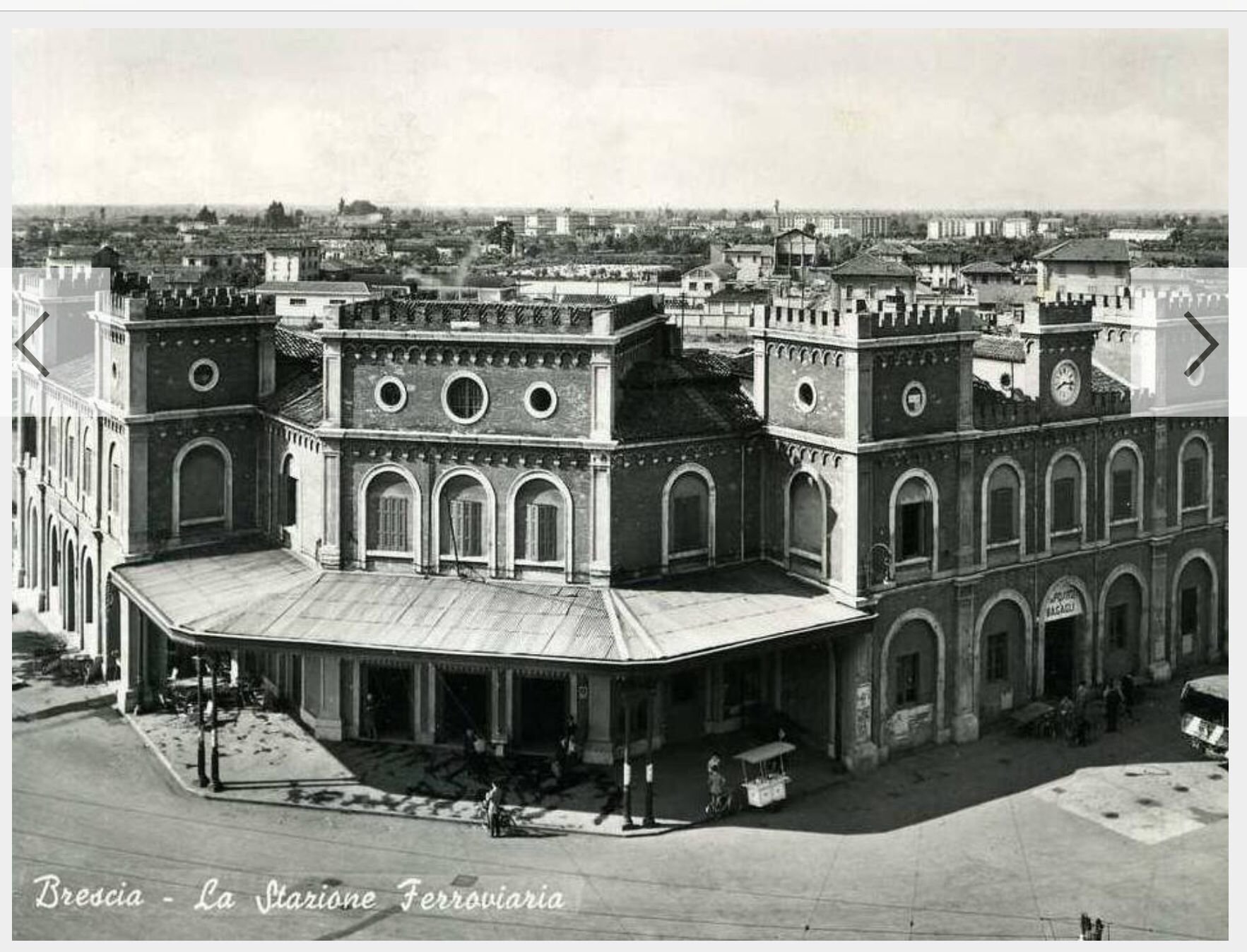
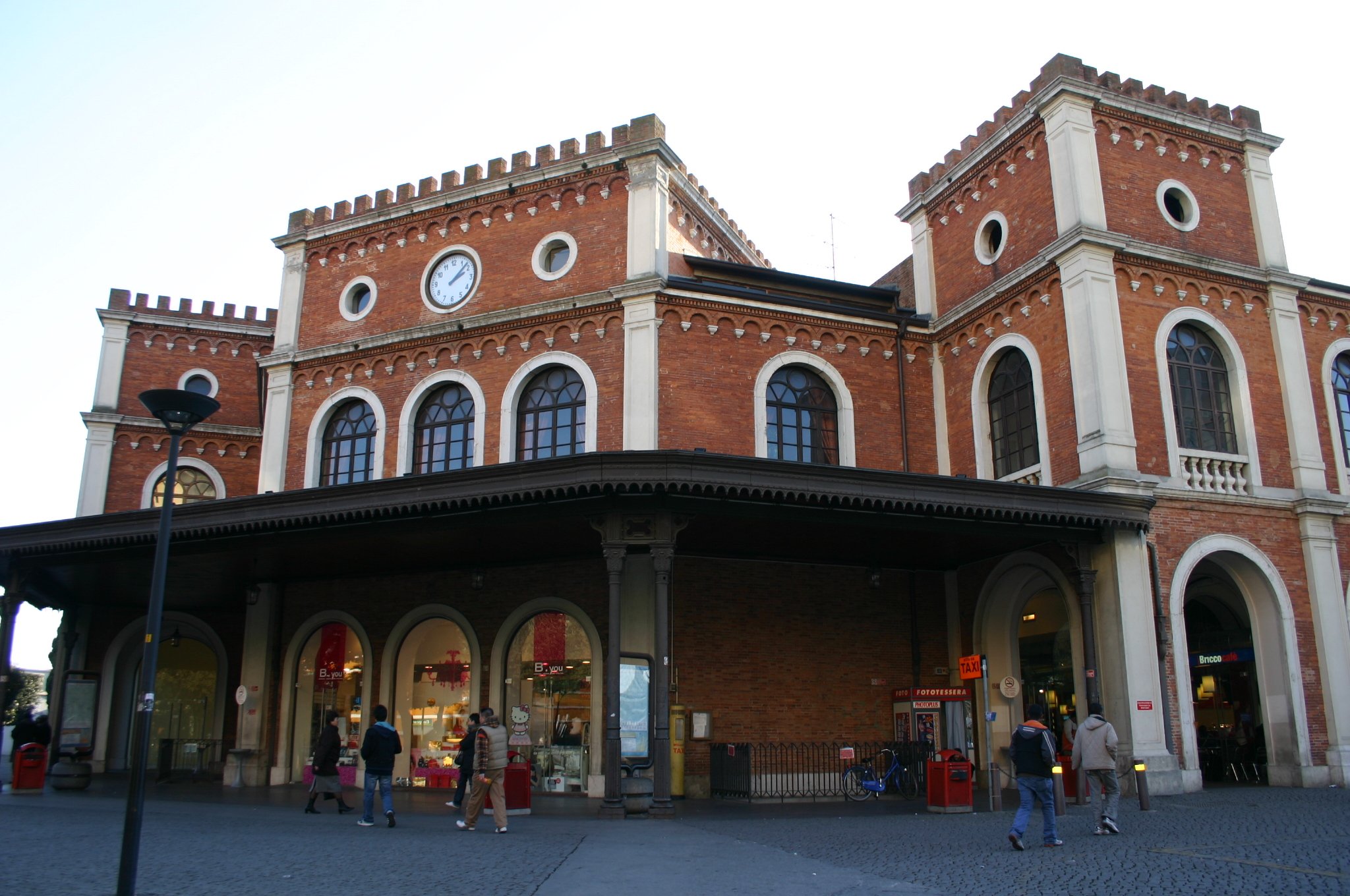
The first area in which the Brescia-Iseo-Edolo railway and its branches were distributed is the oldest. The first section coincides with the first line which ended at Iseo with the lake connection and dates back to the late 19th century. The first section has long been characterised by the industrial nature of its surroundings, with the obvious exception of its origins. The area within the census district of Brescia, extending roughly to the Mandolossa level crossing, has historically always had a strong industrial presence. This extends to the borders of Franciacorta, now conventionally located in the municipality of Gussago, which is actually much larger than its urban boundary.
Gallery

Borgonato station today 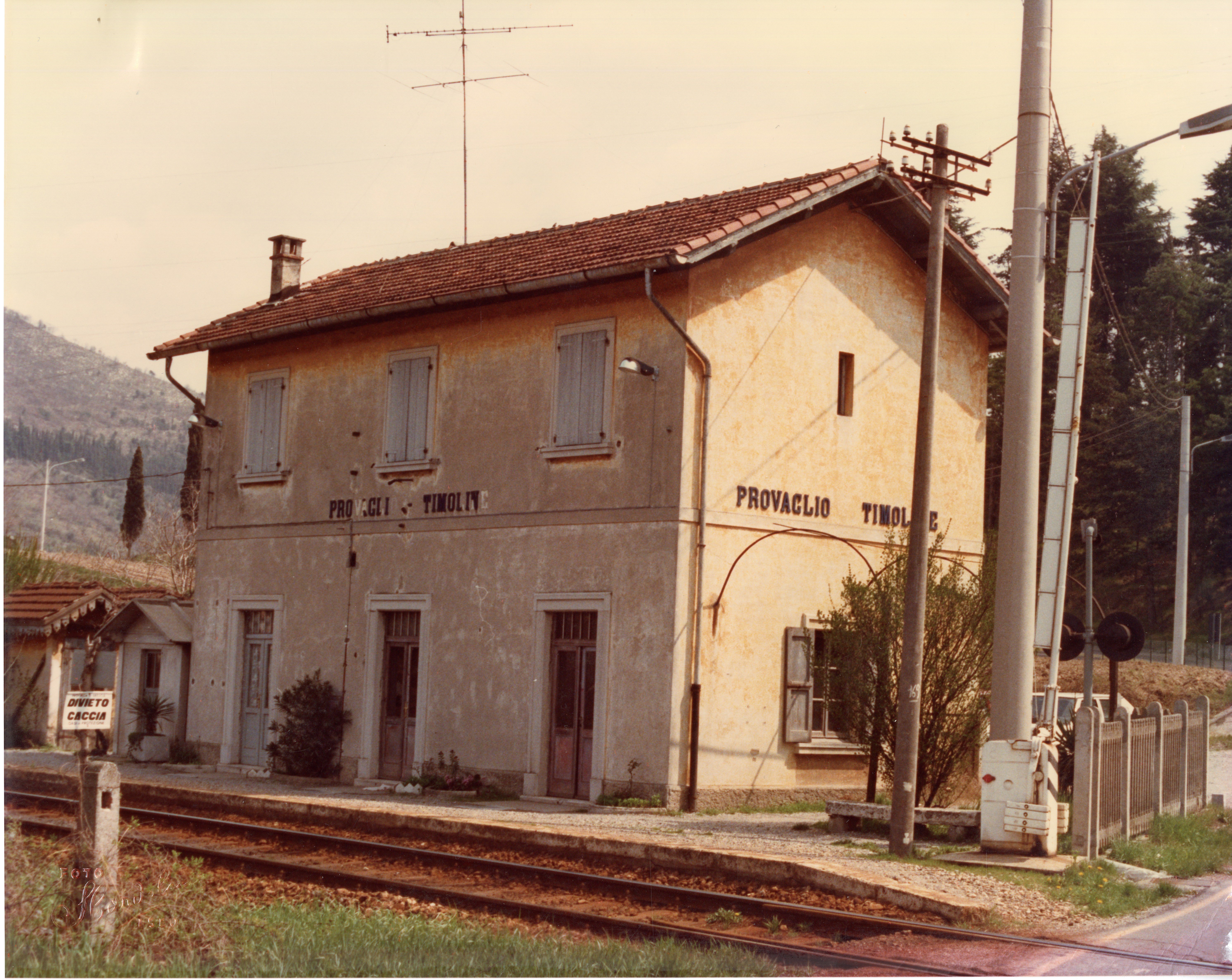
Provaglio before renovation, 1980s 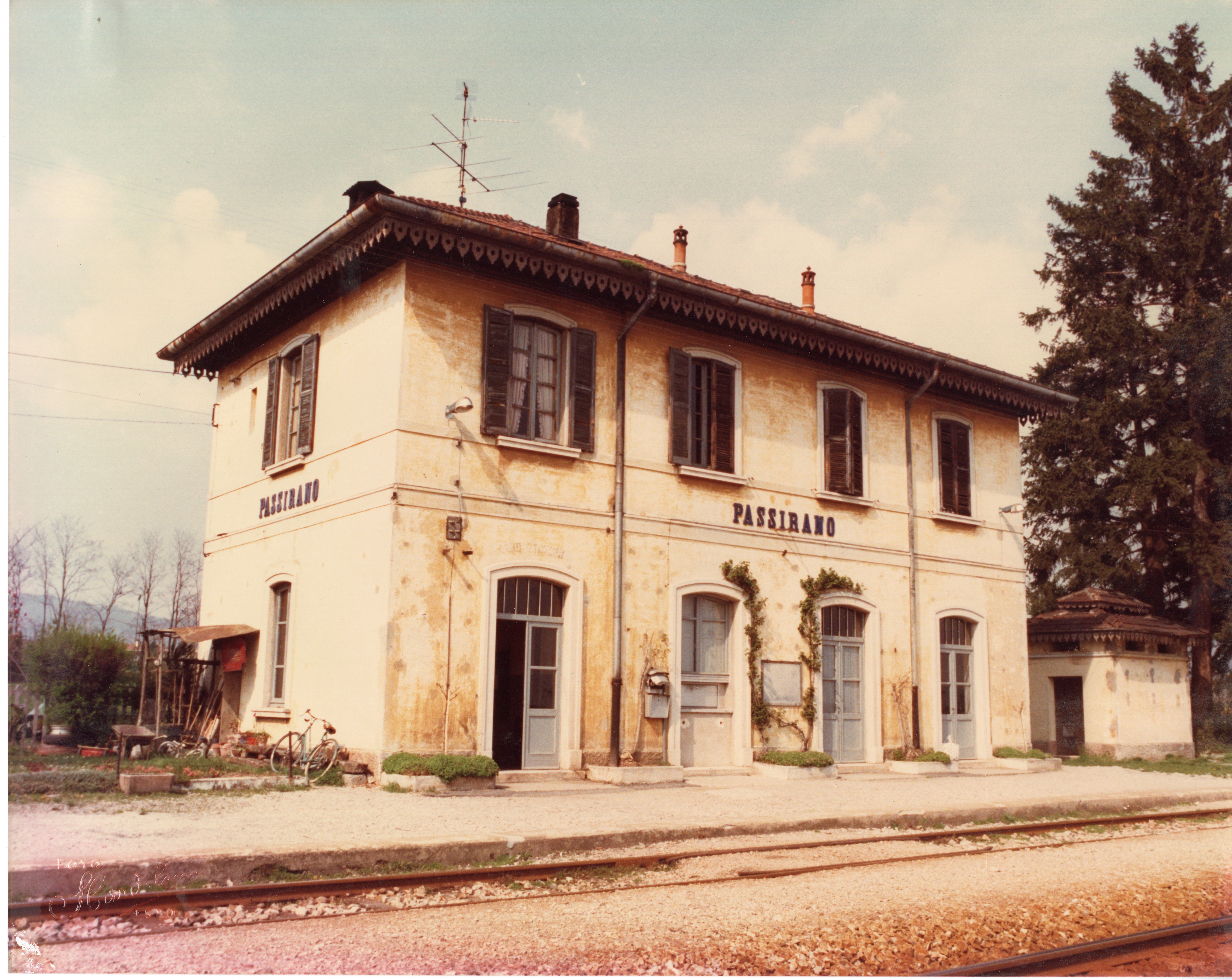
An inhabited Passirano station, 1980s 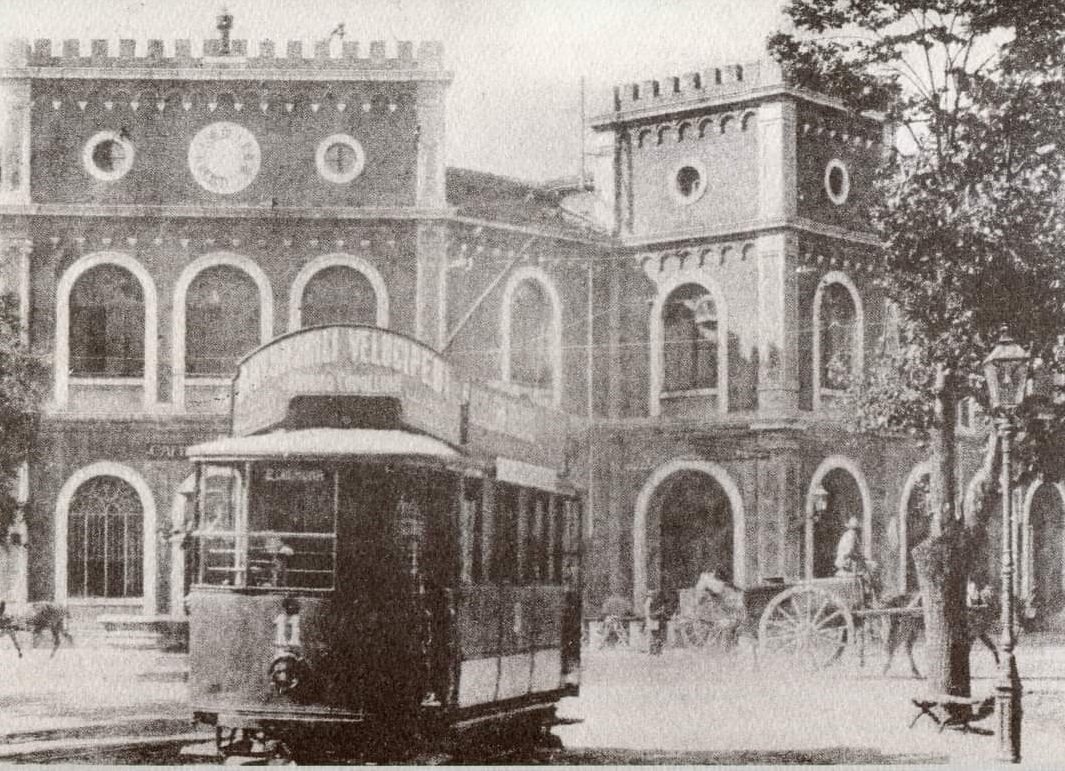
An old image of Brescia station, when there were still trams 
Panoramic view of the Brescia station passenger building, seen from the square 
Branch line to Iseo in the snow 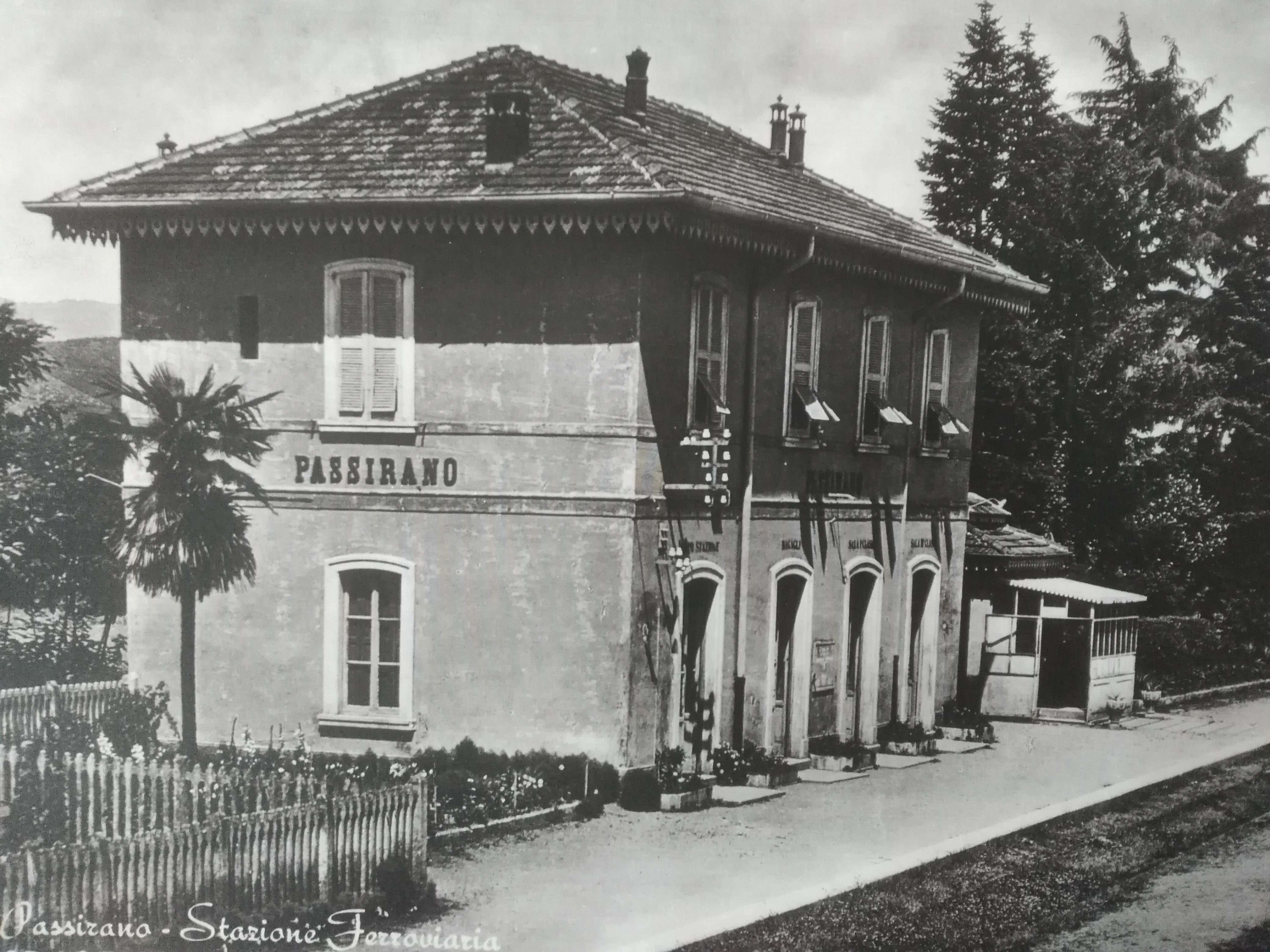
Postcard of Passirano, 1960s 
Modern Provaglio 
Paderno today 
Historic image of Paderno station 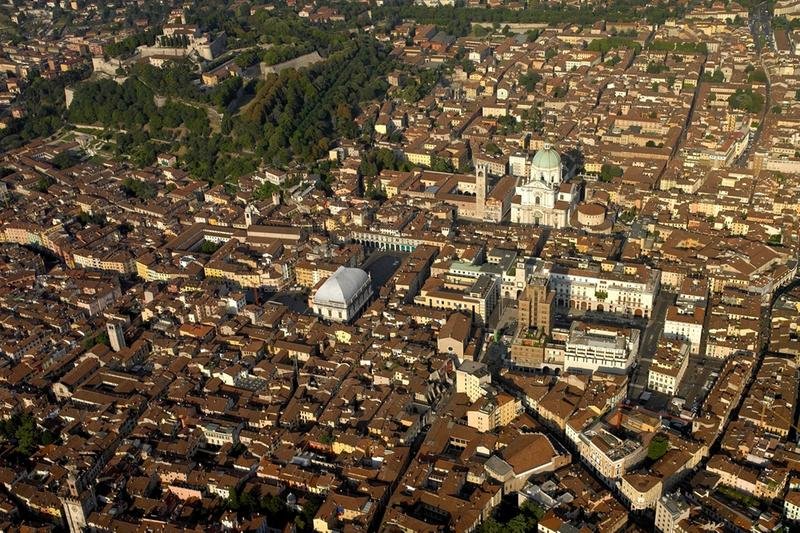
rescia is the second largest city in Lombardy. Its rich history dates back to pre-Roman times, when Brescia was a Gallic capital. Its nickname is La Leonessa, The Lioness, originally for the valour and devotion shown towards the Venetian republic: in this regard, in 1438 the Venetian Senate declared the city of Brescia “Lioness and worthy bride of the Lion”, giving it the title of “Brixia Fidelis fidei et Iustitiae”, a title proudly displayed on the front of the Palazzo della Loggia in the square of the same name, the centre of city life. It possesses great artistic and architectural heritage, and its monuments from the Roman and Lombard periods have been declared UNESCO World Heritage Sites. It is active in the manufacturing, metalworking, textile, chemical and food industries, and is one of Italy’s main economic and productive centres. It is also known for the celebrated Mille Miglia classic car race, and for the production of Franciacorta wine. Its many splendid local attractions include the 11th-century Duomo Vecchio, also known as La Rotonda for its unique round shape, the 17th-century Duomo Nuovo next to it, and the 1st-century Roman ruins at the Capitoline Temple. Well worth visiting are the Museo di Santa Giulia, located inside a convent of the same name (built by Lombard king Desiderius in the Lombard era), and the castle, located atop Cidneo Hill, which commands a fine view of the city.